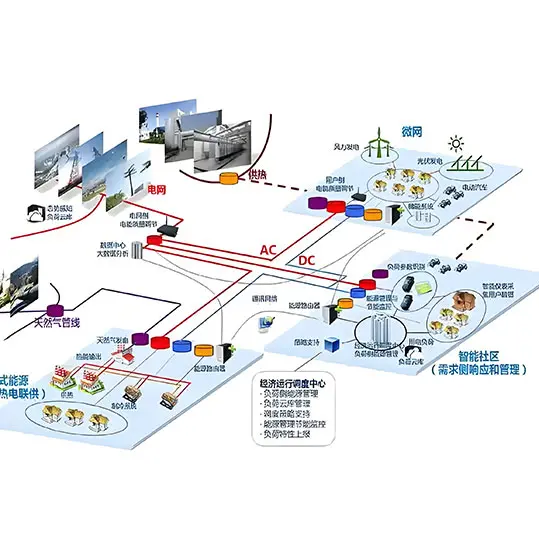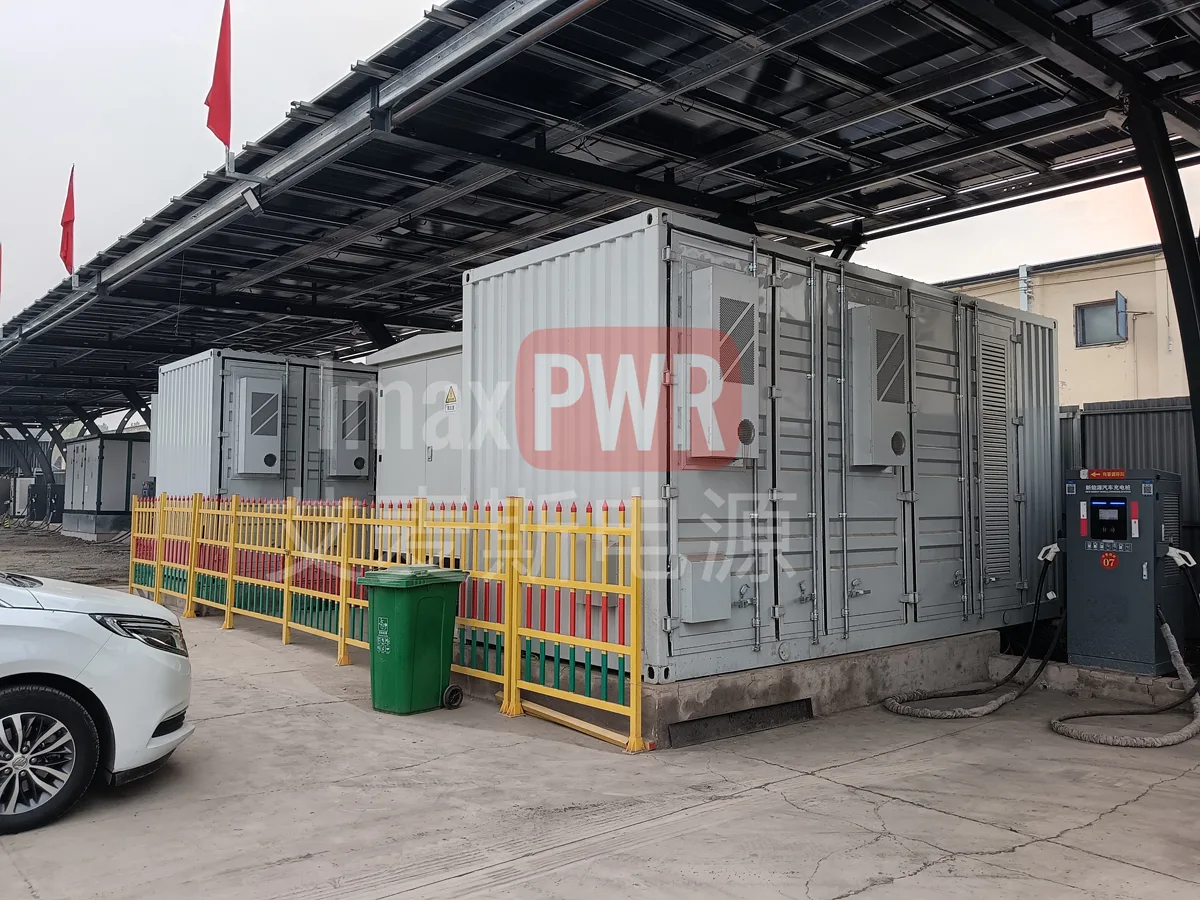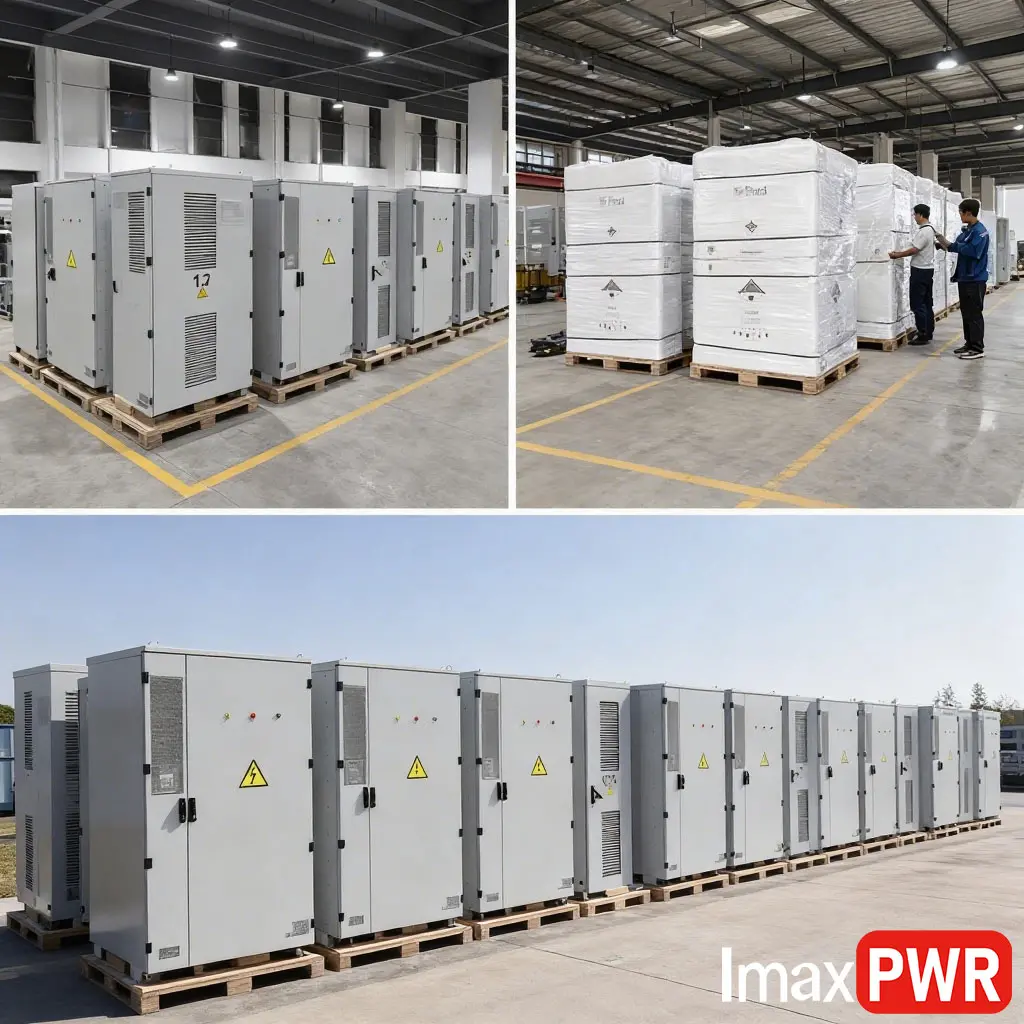Vigorous Development of Industrial Technology
Overview
“Energy storage serves as crucial support for the energy revolution.” “New-type energy storage has rigid demand.” “The energy storage industry landscape is undergoing profound transformations.” Traditional energy storage systems, dominated by pumped hydro, are rapidly evolving towards technological diversification and segmentation of application scenarios. At the recently concluded 10th Western Energy Storage Forum, experts concurred that during the “14th Five-Year Plan” period, driven by sustained market demand, the green value of new-type energy storage will be further unleashed. Innovation vitality in application scenarios and business models will fully emerge.
China’s Energy Storage Industry Growth
China’s energy storage industry has achieved leapfrog development during the “14th Five-Year Plan” period. By the first half of this year:
- The cumulative installed capacity of new-type energy storage reached 101.3GW, surpassing 100GW for the first time, 32 times the figure at the end of the “13th Five-Year Plan.”
- 23.03GW/56.12GWh of new new-type energy storage was put into operation. Both power and energy scales increased by 68% year-on-year.
Chen Haisheng, Director of the Institute of Engineering Thermophysics, Chinese Academy of Sciences, introduced that by the end of June this year, the cumulative installed capacity of power energy storage in China reached 164.3GW, a year-on-year increase of 59%. Notably, the proportion of pumped hydro dropped below 40% for the first time, marking a historical leap in the realization of new-type energy storage.
Technological Innovation
Xu Ziming from the Energy Conservation and Technology Equipment Department of the National Energy Administration pointed out that since the “14th Five-Year Plan,” new-type energy storage has developed rapidly. By the first half of this year:
- The cumulative installed capacity of new-type energy storage in China grew by about 29% compared to the end of 2024, accounting for over 40% of the global total installed capacity.
- In terms of technological innovation, new-type energy storage technologies are flourishing. Lithium-ion battery energy storage technologies continue to iterate and upgrade.
- Key energy storage technologies such as compressed air energy storage, flow batteries, and sodium-ion batteries have further achieved commercial applications. New technologies such as liquid carbon dioxide energy storage are constantly emerging.
Research data from the Zhongguancun Energy Storage Industry Technology Alliance shows that Chinese energy storage companies have secured overseas orders with a scale of 163GWh, a year-on-year increase of 246%, involving over 50 overseas companies and covering more than 50 countries and regions worldwide.
Sustained Prosperity of Market Demand
Market Overview
The new-type energy storage market is currently experiencing a concentrated outbreak period. Its enthusiasm is not only reflected in the data surge but also permeates various dimensions of industrial structure, product iteration, and practical applications.
Application Structure Changes
The dramatic changes in application structure are evident. In the first half of this year:
- New-type energy storage shifted from user-side dominance (accounting for 35%) to independent energy storage dominance.
- The proportion of independent energy storage soared to 55%. Behind this structural leap lies the concentrated release of the market’s recognition of the independent value of energy storage and corresponding demand.
Market Characteristics
Reporters noted three major characteristics demonstrating the prosperity trend of the energy storage market:
- Large-scale Project Trend: The year-on-year increase in projects above 100MW reached 75%. The concentrated landing of large projects directly reflects the surge in energy storage demand.
- Geographical Centralization: The top ten provinces account for over 80% of the total installed capacity. The strong performance of the six western provinces highlights the rigid demand for new energy bases to be equipped with energy storage.
- Industry Concentration: The top ten owners account for nearly 50%, with central enterprises represented by State Grid and China Energy Investment as the core forces driving market demand.
Bidding Scale
Data from the Zhongguancun Energy Storage Industry Technology Alliance shows that in the first half of this year, the scale of energy storage system bidding in China increased by 264% year-on-year, reaching 86.2GWh, reflecting the sustained prosperity of market demand.
Product Iteration
Strong demand directly drives rapid product-side iteration. Chen Haisheng revealed, “In the first half of this year, more than 300 new products were launched. Large capacity and high power have become rigid competitive indicators in the energy storage industry.” From 280Ah to 600Ah, the upgrade cycle of battery capacity is constantly compressing. Whether energy storage products above 500Ah can become the market mainstream remains to be tested.
Practical Application Value
In practical applications, the demand value of energy storage is being pushed to new heights. National Energy Administration statistics show that in the first half of this year, the equivalent utilization hours of new-type energy storage in China were about 570 hours, a year-on-year increase of over 100 hours. Especially during this year’s peak summer period, new-type energy storage fully played the role of a “super energy storage battery.” Xu Ziming introduced, “During the peak summer period, provinces such as Jiangsu, Shandong, and Yunnan successively carried out centralized dispatching of new-type energy storage power stations, with a simultaneous dispatching rate of over 95%.”
Still Facing Three “Growth Worries”
Overview of Challenges
Although the energy storage industry is rising rapidly, at the critical stage of high-quality development and transformation, it still faces three “growth worries”: imperfect power market mechanisms, prominent technological bottlenecks, and unsound standard systems.
Power Market Mechanism Issues
Among them, power market mechanism issues are the most prominent constraint. Shi Yubo, Chairman of the China Energy Research Society, pointed out that although Inner Mongolia, Gansu, and other places have entered the formal operation stage of the power spot market, the rule design for energy storage participation in the spot market in most western regions still stays at the pilot level. The openness of the auxiliary service market to various types of energy storage is insufficient. The capacity value of energy storage has not been fully realized, directly leading to the difficulty of project economics in supporting itself.
Standard System and Risk Management
At the same time, shortcomings in the standard system and risk management cannot be ignored. Although China’s first mandatory national standard for energy storage was formally implemented in August this year, from the overall industry perspective, the management system covering the entire life cycle of energy storage still needs improvement. This affects the industrial standardization process to a certain extent.
Solutions
In response to these challenges, the industry generally believes that it is necessary to coordinate efforts from three dimensions—policy-market coordination, technological innovation leadership, and standard safety foundation—to clear obstacles for the healthy and sustainable development of the energy storage industry.
Policy-Market Dual-Wheel Drive
Xu Ziming suggested:
- Strengthen Top-Level Design: Formulate implementation plans for new-type energy storage during the “15th Five-Year Plan” period. Promote its realization in diversified scenarios such as new energy bases, grid-replacement energy storage, zero-carbon parks, and green power direct supply.
- Improve Market Participation Mechanism: Accelerate the full integration of energy storage into various market transactions. Fully release multiple values such as peak shaving, frequency regulation, and standby. Improve comprehensive utilization levels.
- Shift Competition Logic: Guide industrial competition logic to shift from “price comparison” to “value comparison.” Urge enterprises to focus on technological upgrading and service optimization.
Future Predictions
The industry generally predicts that the installed capacity of energy storage will reach 230-290GW by 2030. To achieve this goal, governments, enterprises, and research institutions need to form a joint force. They should jointly solve core difficulties such as market mechanisms, technological innovation, and standard safety.
Looking ahead to the “15th Five-Year Plan,” Chen Haisheng believes that the new-type energy storage market will gradually shift to a development model driven by market forces. In this process, the industry will deeply explore the green value of energy storage. It will expand diversified application scenarios through scientific planning and overall layout in areas such as zero-carbon parks and green resource development. Innovate business models and enrich commercial value realization paths. With the further acceleration of capacity construction, new-type energy storage will obtain stable value return channels. It will promote industrial competition to shift from “price volume” to “volume value,” ultimately completing the key leap from high-speed growth to high-quality development.




